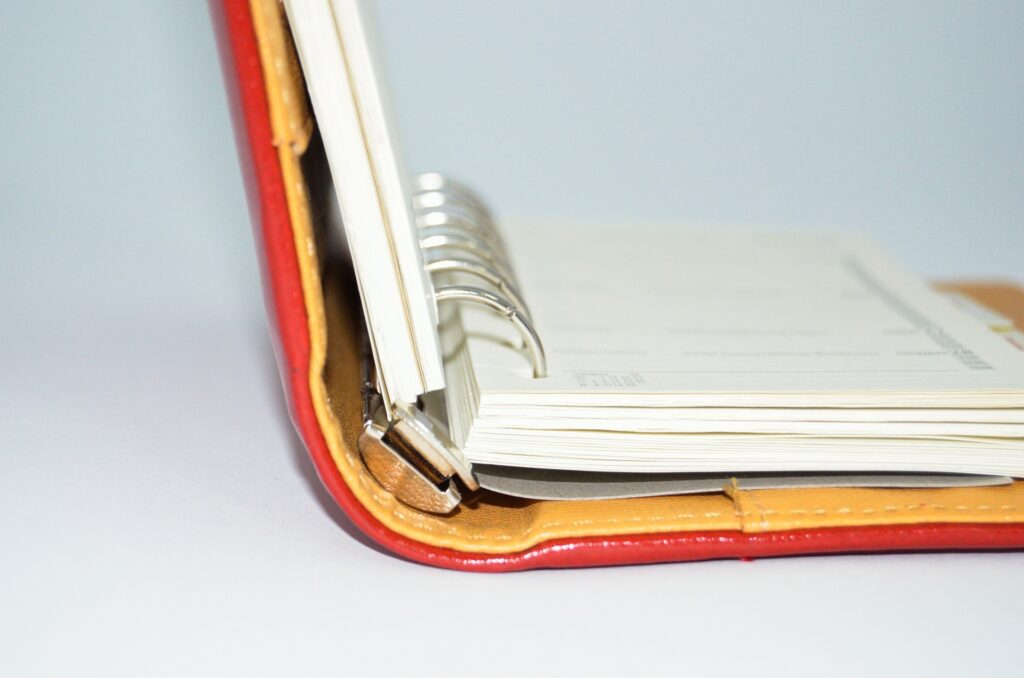Over 15 years of homeschooling I’ve learned that having a structure to the homeschool day is vital to efficiency and making productive use of the 24 hours we are given. Let’s unpack some buzz words used and talk about the magic of block scheduling in homeschooling.

Block scheduling can give your routine focus and flexibility so you reasonably achieve your homeschooling goals!
Buzz words:
“Schedule”~ honestly don’t love this word! Schedules involve having certain events at certain times. Homeschool does not care about the clock on the wall because life happens at home and that is unpredictable!
“Routine”~ this one I am on board with because it implies flowing through a sequence of events. This is much more reasonable than letting specific pinpointed times run our homeschool day.
Introducing...BLOCK SCHEDULING!
Yes, it has the word I don’t like, but “block” modifies it in a way that turns this method into a routine that works for homeschooling.
Breaking the day into approximately 3-hour chunks, and defining what the focus is during each chunk of time, gives the day FOCUS & FLEXIBILITY!
Depending on the number of children you homeschool, and their ages, this will be adapted to meet your needs. (If all your kids are 2nd grade or under you would likely adjust this for a shorter school day.)
In our example, we have kids in multiple age ranges spanning elementary to high school.

Let’s say you wake up at 7 AM. Your first block of time could be 7 AM – 10 AM. In this block, you could focus on getting ready for the day and having coffee & time with God. I usually piddle around the house, pick up and organize, etc. Depending on if you wake your kids up or not, (you can read my post, “Should kids sleep in? Priotizing sleep (and what time should I start my homeschool day?), helping the kids get moving and complete any morning pre-school tasks would be in this block as well.
What would you put in your first block?
Next, you would move into your 10 AM – 1 PM block. Perhaps you want to start the day with Bible, (terrific idea, mom), and complete math and language arts because the kids have more success on these subjects when they are fresh.

So here’s the deal: You have 3 hours in front of you where Bible, Math, and language arts are the focus. Breaks can happen whenever needed. Math and language arts can switch places. There’s room for nursing a baby, starting the dishwasher, removing a splinter…you get the picture. So we have our flexibility built in the block.
But, we are staying focused on those subjects and saying “no” to anything else that distracts us from the purpose of this block.

1 PM – 4 PM could be your lunchtime, history, science, independent reading, and playing outside (PE), for example. Switching gears, now these things get your focus while saying “no” to anything that would get you off track from the purpose of this time block.
Again, 3 hours allows you to move subjects around and you aren’t being held to specific times on the clock.
Picking up the house, free time and dinner preparation could be the focus of your 4 PM – 7 PM block. Maybe this is a great time for the kids’ chores (we called this “family jobs”) or when lessons outside the home take place on certain days of the week. Adapt as needed!
Does this sound like the things your family is doing between 4 PM and 7 PM? What would you add?


Your last block of the day could be 7 PM – 10 PM. An evening movie, family time, free time, baths, and bedtime could be some things that would make sense for the last block of the day.
You may not even need an evening block!
Maybe you want 2-hour blocks!
Or 4-hour blocks!
You could just have 2 blocks during the day!
You could use block scheduling on certain days of the week!
Maybe your blocks need to start at 6 AM…or Noon!
The skies the limit!
The benefit here is you have a strategic focus during your block, but the flexibility to make it fit your needs, subjects, and most importantly, students!
This is just one method that can be successful for keeping homeschool families on track. Having a plan, whatever that is, is the most important thing so you can bounce back fast from all the unpredictable things that happen!
Whether you use a spreadsheet, phone, or spiral notebook for your scheduling, give block scheduling a try.


I’ve found some 1-inch grid paper you can print and sketch out your Block Scheduling ideas on…have fun with it!
Let me know if this helps the flow and routine of your day!
Leave a comment below with your scheduling tips, tricks, and ideas!

[…] See my article: How should I structure/schedule my homeschool day? (Block scheduling for focus and flexibility) […]
[…] Now that I have this blog, I’m excited to get up and get crackin’, so I changed my alarm to 7 AM. The time you start your day really helps set the tone and mood for the day. [See my blog post: How should I structure/schedule my homeschool day? (Block scheduling for focus and flexibility)] […]